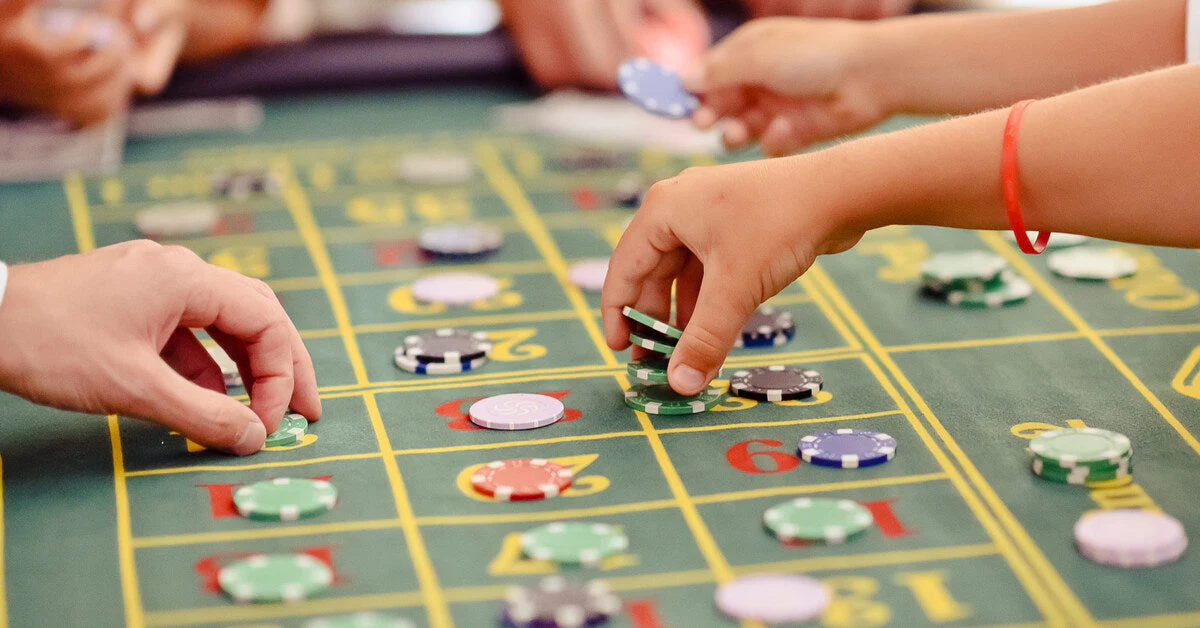What Are the Official Dimensions of a Badminton Net?
The badminton net serves as the central divider in this fast-paced racquet sport, creating the perfect challenge for players on both sides. Understanding the precise dimensions is crucial for proper setup and gameplay.
According to Badminton World Federation (BWF) regulations, an official Badminton NET measures 5.1 meters (16.8 feet) in length. The height of the net should be exactly 1.55 meters (5.1 feet) at the edges where it connects to the posts. At the center of the court, the net height drops slightly to 1.524 meters (5 feet). This specific measurement ensures that the net maintains proper tension while allowing for the slight dip in the middle that characterizes proper badminton setup.
The net itself should have a mesh design with square apertures measuring between 15-20mm. The top of the net features a 75mm white tape doubled over a cord or cable running through it, creating the distinctive white border at the top of every regulation badminton net.
How Should You Properly Install a Badminton Net for Tournament Play?
Setting up a badminton net correctly ensures fair play and maintains the integrity of the game, especially in tournament settings where precision matters.
To properly install a badminton net for tournament play:
- Secure the posts firmly 6.1 meters (20 feet) apart, positioned directly above the doubles sidelines
- Attach the net cord to posts at the regulation height of 1.55 meters
- Tighten the net gradually from both ends to achieve proper tension
- Measure the center height to confirm it’s exactly 1.524 meters (5 feet)
- Check that the net extends fully to the posts without gaps
The posts should remain perfectly vertical when the net is under tension. Tournament officials typically use specialized measuring tools to verify the exact height at both the posts and the center. Remember that proper net installation includes ensuring the white tape at the top is perfectly horizontal and visible to players and officials.
Professional setups often include additional features like post padding for player safety and net tension adjusters that allow for quick corrections during play if the net height changes due to tension shifts.
What Materials Are Used in High-Quality Badminton Nets?
The material composition of badminton nets significantly impacts their durability, performance, and suitability for different playing environments. High-quality nets are engineered to maintain tension and withstand the rigors of competitive play.
Premium badminton nets typically feature nylon as the primary material due to its exceptional strength-to-weight ratio and resistance to environmental factors. Nylon mesh maintains its shape even under significant tension and withstands repeated shuttlecock impacts without deforming. The mesh density usually ranges between 18-20mm square apertures, providing the perfect balance between visibility and durability.
The top tape of professional-grade nets is made from polyester or vinyl material, often reinforced for longevity. This white headband measures exactly 75mm in width and contains an internal channel for the tensioning cord. High-end nets use steel cables or Kevlar cords inside this channel, providing superior tension maintenance compared to basic cotton or polyester cords found in recreational nets.
For outdoor or multi-purpose use, manufacturers may incorporate UV-stabilized materials and weather-resistant coatings. These specialized treatments prevent premature deterioration from sun exposure and moisture, extending the net’s usable lifespan by several years compared to standard indoor-only nets.
What’s the Difference Between Indoor and Outdoor Badminton Nets?
Indoor and outdoor badminton nets differ significantly in their construction and durability characteristics, each designed to perform optimally in their intended environment.
Indoor badminton nets typically feature finer mesh made from lightweight nylon that provides excellent visibility and performance in controlled environments. These nets prioritize precision and tournament specifications, with exact measurements and tension capabilities designed for competitive play. Indoor nets generally have uncoated materials since they don’t need to withstand harsh weather conditions.
Outdoor badminton nets, by contrast, incorporate:
- Weather-resistant coatings to protect against UV degradation and moisture
- Heavier, thicker materials that can withstand wind and environmental stress
- Reinforced edges and attachment points to prevent tearing under variable conditions
- Anti-rust hardware for posts and tensioning mechanisms
- More substantial supporting cables to maintain tension despite temperature fluctuations
Outdoor nets often have slightly wider mesh apertures (20-22mm compared to the indoor standard of 15-20mm) to reduce wind resistance. The headband at the top typically features weather-sealed stitching to prevent water damage and subsequent weakening at these critical junctures.
While professional tournaments exclusively use indoor nets meeting BWF specifications, recreational players should select nets appropriate for their primary playing environment to maximize longevity and performance.
How Do You Maintain and Care for a Badminton Net?
Proper maintenance significantly extends the lifespan of your badminton net while ensuring consistent performance during play. Following best practices for care and storage will protect your investment.
For routine maintenance, inspect your net regularly for signs of wear or damage, particularly at the attachment points where tension creates the most stress. Clean your net periodically using a soft brush to remove dust and debris that can accumulate in the mesh. For indoor nets, a gentle wipe-down with a slightly damp cloth is sufficient, while outdoor nets may require mild soap and thorough drying afterward.
When not in use, always dismantle and store your net properly instead of leaving it assembled. Prolonged tension can stretch the materials and compromise the net’s integrity over time. Roll the net carefully rather than folding it to prevent creating permanent creases that might affect its appearance and performance.
For seasonal storage, ensure the net is completely dry to prevent mildew growth. Store in a breathable bag away from direct sunlight and extreme temperatures. If your net includes metal hardware like tensioning mechanisms, consider applying a light coating of silicone lubricant to prevent corrosion.
Avoid making unauthorized repairs or modifications to tournament-grade nets, as these may violate official specifications. Instead, consult with specialized sports equipment maintenance professionals for repairs to high-end nets.
What Should You Look for When Buying a Badminton Net?
Selecting the right badminton net requires careful consideration of several key factors to ensure you get a product that meets your specific needs and playing environment.
When shopping for a badminton net, prioritize these essential features:
Net dimensions: Confirm the net conforms to standard measurements (5.1 meters length, appropriate height) unless you specifically need a modified size for junior play or limited space setups.
Material quality: Look for nets made from durable nylon with appropriate weather resistance if intended for outdoor use. The mesh should feel substantial without being unnecessarily heavy.
Top tape construction: Examine the white headband for reinforced stitching and proper width (75mm). This component bears the most tension and should be particularly durable.
Tensioning system: Evaluate how the net connects to posts and how tension adjustments are made. Better nets feature smooth, reliable tensioning mechanisms that maintain consistent height.
Portability considerations: If you’ll be setting up and taking down your net frequently, look for quick-assembly features and included storage bags.
For recreational players, budget-friendly options from reputable sporting goods manufacturers typically offer sufficient quality. However, competitive clubs and schools should invest in tournament-grade nets that meet all BWF specifications and will withstand intensive use.
Read customer reviews specifically addressing longevity and tension maintenance, as these aspects can be difficult to evaluate during initial inspection but significantly impact long-term satisfaction.
How Does Net Height Affect Badminton Gameplay?
The precise height of a badminton net fundamentally influences playing strategy, shot selection, and the overall dynamics of the game. Even minor variations can significantly impact competitive play.
The regulation net height—1.55 meters at the posts and 1.524 meters at center—creates the perfect challenge for players, requiring precisely executed shots that clear the net but remain within court boundaries. This specific height was established to balance offensive and defensive play while showcasing the unique flight characteristics of the shuttlecock.
A higher net would dramatically increase the difficulty of executing attacking shots like smashes and drives, forcing players to hit with more elevation and consequently giving opponents more time to react and position themselves defensively. Conversely, a lower net would overly advantage aggressive play, potentially reducing the strategic depth that makes badminton so engaging.
The slight dip in the center of the net (approximately 2.6cm lower than at the posts) creates subtle strategic opportunities. Experienced players often target this marginally lower center area when executing tight net shots or attempting challenging clears from difficult positions near the net.
Junior competitions sometimes modify net heights to accommodate developing players—typically lowering the net to 1.4 meters or 1.45 meters—but these adjustments are carefully calibrated to maintain the fundamental character of the game while making it accessible to younger athletes.
Understanding how net height affects shuttle trajectory helps players develop more effective strategies, particularly for crucial net-play exchanges that often determine point outcomes at advanced levels of competition.









Leave a Reply